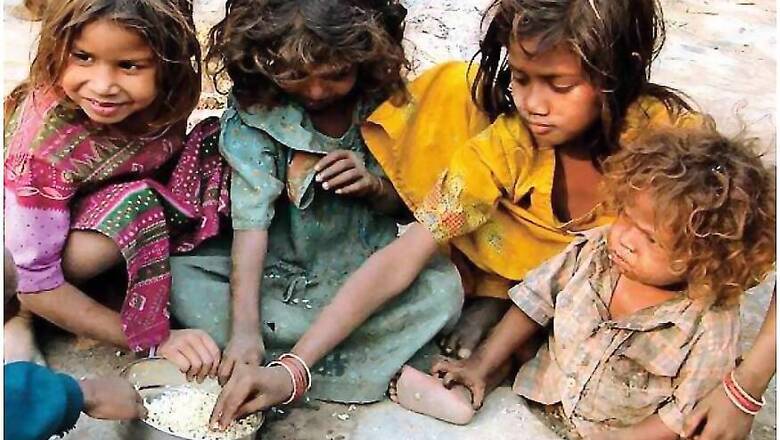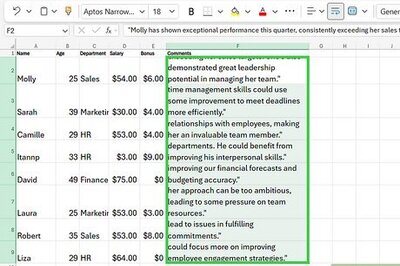
views
New Delhi: India has the highest burden of under-five deaths in the world. The median under-five mortality rate per 1,000 live births in India is 37, lower than 69 for Pakistan and much lower than 120 for Nigeria, but in absolute numbers, India reported 8.8 lakh child deaths in that age bracket in 2018.
These figures, revealed in the State of the World's Children 2019 by UNICEF, paints a rather grim picture of the global health of children and indicates that one in three children is not growing well due to malnourishment in its ‘more visible forms: stunting, wasting and overweight.’
At least one in two children suffers from hidden hunger due to deficiencies, often not visible, in essential nutrients.
In India, given the financial investment in the government’s ambitious Poshan Abhiyaan scheme that aims to eliminate malnourishment by 2022, these figures are disheartening as the money allocated during the three-year period (2018-2022) is over Rs 9,000 crore.
The UNICEF’s report was released the same week the Global Hunger Index placed India at the 102nd rank. This rank put India in the ‘serious category’ assessed under the criteria of under-nourishment, child wasting, and child stunting and child mortality.
Micronutrient deficiency is a serious problem, says UNICEF’s State of the World’s Children (SOWC). Every fifth child under the age of five is vitamin A-deficient, while deficiency of Vitamin B12 is reported in every third baby. Indian children are also deprived of essential proteins in their diets.
The report says that introduction to semi-solid food happens only in 46 per cent children between the ages of six-eight months. Just about 10% children under the age of two get the ‘minimum acceptable diet.’
Also, every second woman in the country is anemic, with 51 per cent of the population between the age of 15-49 reporting iron deficiency.
However, the Comprehensive National Nutrition Survey released by the government under the ‘Anaemia-mukt Bharat Programme’, has revealed a drop in the number of anaemic children. UNICEF has also said that there is an annual drop of 5% in the under-five mortality rate.
There is also a growing problem of obesity with 2% of preschoolers and 7% of school-aged children being obese in the country.



















Comments
0 comment